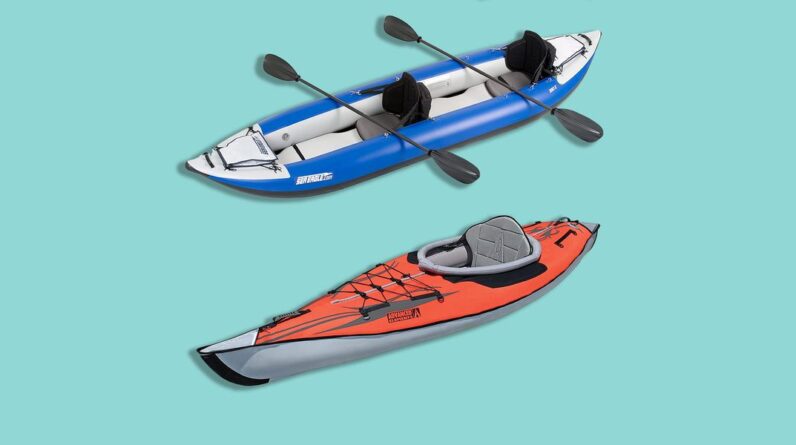
So, you’re thinking about getting a kayak and you’ve come across inflatable kayaks. You might be wondering, are inflatable kayaks any good? Well, let me tell you, inflatable kayaks have come a long way in recent years and they can be a fantastic option for both beginners and experienced kayakers. In this article, we’ll delve into the world of inflatable kayaks, their benefits, and why they might just be the perfect choice for you.
Inflatable kayaks have a lot of advantages that make them worth considering. Firstly, they are extremely portable. Unlike traditional kayaks that require a roof rack or a trailer to transport, inflatable kayaks can easily be deflated and stowed away in a compact bag. This means you can easily take them on road trips or even on an airplane for your next adventure. Secondly, inflatable kayaks are generally more affordable than their hard-shell counterparts. So if you’re on a budget but still want to enjoy the thrill of kayaking, inflatable kayaks provide a cost-effective option. And don’t worry about their durability, modern inflatable kayaks are made from strong materials that are resistant to punctures and can withstand rough waters. So, whether you’re a beginner looking for a convenient and affordable way to explore the water or a seasoned kayaker in need of a convenient and versatile option, inflatable kayaks might just be the answer you’re looking for. Stay tuned to learn more about the different types of inflatable kayaks and their specific features in our upcoming article.
Introduction
In recent years, inflatable kayaks have gained immense popularity among outdoor enthusiasts and adventure seekers. These lightweight and portable watercraft offer a unique and convenient way to explore rivers, lakes, and even the open ocean. If you’re considering purchasing an inflatable kayak, you may be wondering if they are truly as good as their reputation suggests. In this article, we will explore the advantages and disadvantages of inflatable kayaks, factors to consider when making a purchase, and provide tips for their proper use and maintenance.
What are inflatable kayaks?
Inflatable kayaks, as the name suggests, are kayaks that can be inflated and deflated for easy transportation and storage. They are typically made from durable materials such as PVC or Hypalon, and feature multiple air chambers to ensure stability and buoyancy in the water. Inflatable kayaks come in various sizes and designs, ranging from single-person to multi-person options, as well as different shapes and styles suited for various water conditions.
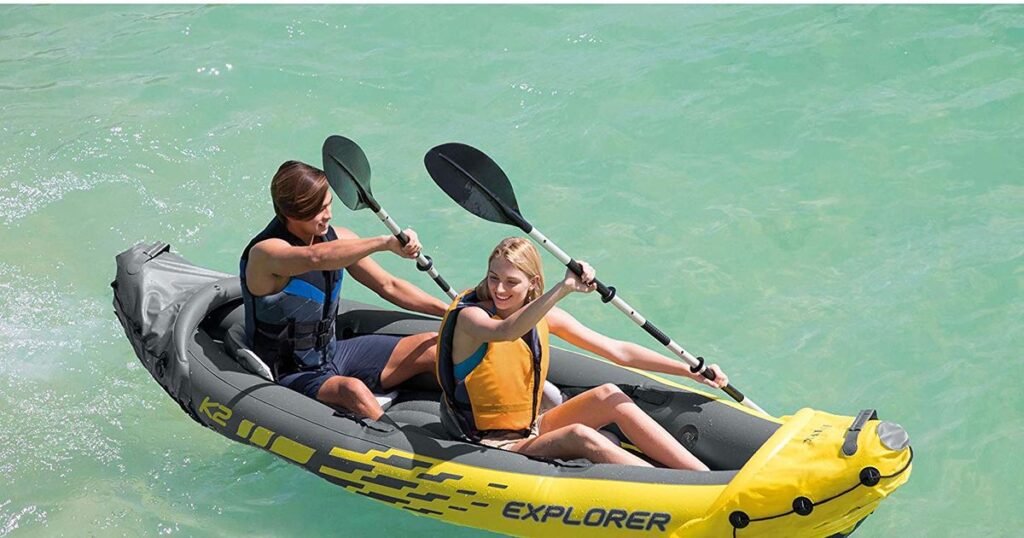
Why are inflatable kayaks popular?
One of the main reasons why inflatable kayaks have gained popularity is their portability and ease of transportation. Unlike traditional hard-shell kayaks, inflatable kayaks can be easily deflated and packed into a compact carry bag, making them convenient to transport in a car, RV, or even on a plane. This portability allows kayaking enthusiasts to explore new water bodies and take their kayaks on camping trips without the need for a roof rack or trailer.
Advantages of Inflatable Kayaks
Portability and ease of transportation
As mentioned earlier, one of the major advantages of inflatable kayaks is their portability. This makes them an excellent choice for those who love to explore different water bodies and enjoy traveling to various destinations. Whether you’re embarking on a weekend getaway or an extended adventure, being able to easily transport and store your kayak adds a level of convenience that is hard to beat.
Durability and resistance to punctures
Contrary to popular belief, inflatable kayaks are remarkably durable and resistant to punctures. Most modern inflatable kayaks are constructed using high-quality materials that can withstand rough terrain, rocky shores, and even contact with sharp objects. In addition, their multiple air chambers design ensures that even if one chamber gets punctured, the kayak will remain afloat, allowing you to safely return to shore.
Versatility in different water conditions
Another advantage of inflatable kayaks is their versatility in different water conditions. Whether you’re paddling on calm lakes, navigating through rapids, or embarking on a sea kayaking adventure, there is an inflatable kayak suitable for every type of water activity. Some inflatable kayaks are specifically designed for whitewater paddling and offer excellent maneuverability, while others are built for stability and performance in open water.
Affordability and cost-effectiveness
Compared to their hard-shell counterparts, inflatable kayaks are generally more affordable, making them an excellent choice for budget-conscious individuals. They are often priced lower and do not require additional expenses for storage, transportation, or accessories such as roof racks or kayak trailers. Additionally, inflatable kayaks require less maintenance, and any minor repairs can be easily done at home using a repair kit, saving you money in the long run.
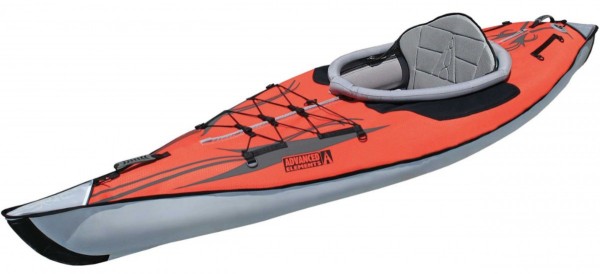
Disadvantages of Inflatable Kayaks
Limited speed and maneuverability
While inflatable kayaks offer excellent versatility, they do have some limitations when it comes to speed and maneuverability. Inflatable kayaks are generally slower compared to hard-shell kayaks, and their design may result in less efficient paddling. This can be a disadvantage if you’re looking for a kayak specifically for racing or covering long distances in a short amount of time. However, for recreational paddling and leisurely exploration, the difference in speed may not be noticeable or significant.
Less stability compared to hard-shell kayaks
Another disadvantage of inflatable kayaks is their relative lack of stability compared to hard-shell kayaks. Due to their inflatable nature and lightweight design, inflatable kayaks may have a higher center of gravity, making them more prone to tipping over. This can be a concern for beginners or individuals who prefer a more stable paddling experience. However, many inflatable kayaks are designed with stability in mind, featuring wider hulls and improved stability measures.
Set-up and inflation time
Unlike hard-shell kayaks that are always ready to hit the water, inflatable kayaks require some time and effort for set-up and inflation. Depending on the size and model, it may take anywhere from 10 minutes to half an hour to fully inflate an inflatable kayak. This can be a disadvantage if you’re looking for a hassle-free kayaking experience or if you frequently switch between multiple water bodies. However, with practice and experience, the set-up time can be reduced, and many kayakers find the process enjoyable and part of the overall kayaking experience.
Maintenance and repairs
While inflatable kayaks are generally durable, they are not exempt from normal wear and tear. Over time, the materials can be subject to degradation from exposure to sunlight, harsh weather conditions, and rough use. Additionally, while they are resistant to punctures, occasionally accidents can happen, and the kayak may sustain minor leaks or tears. However, most inflatable kayaks come with repair kits and instructions, allowing users to patch up any damages easily. It’s important to regularly inspect and maintain your inflatable kayak to ensure its longevity and performance.
Factors to Consider
When choosing the right inflatable kayak, there are several factors you need to consider to ensure it meets your specific needs and preferences:
Intended use and skill level
Consider the type of kayaking activities you plan to engage in and your skill level. Whether you’re into recreational paddling, fishing, touring, or whitewater adventures, there is an inflatable kayak designed for each activity. Additionally, consider your skill level and experience. Some kayaks are specifically designed for beginners, while others offer advanced features for more experienced paddlers.
Weight capacity and seating arrangements
The weight capacity of the inflatable kayak is an essential factor to consider, especially if you plan to bring along additional gear or paddle with a partner. Make sure the kayak can comfortably accommodate your weight and any extra weight you may be carrying. Additionally, consider the seating arrangements. Some inflatable kayaks offer adjustable or removable seats, allowing you to customize your paddling experience for maximum comfort.
Material and construction quality
Look for inflatable kayaks made from high-quality materials such as PVC or Hypalon. These materials are durable, puncture-resistant, and able to withstand the rigors of kayaking in different water conditions. Pay attention to seam construction as well, as reinforced seams provide added strength and stability.
Storage and transportation options
Consider where you plan to store and transport your inflatable kayak. Ensure that you have enough space to store the kayak when it’s deflated, as well as a suitable carrying bag or case for transportation. If you have limited storage space or plan to take your kayak on hikes or flights, choose an inflatable kayak that offers compact storage options and is lightweight.
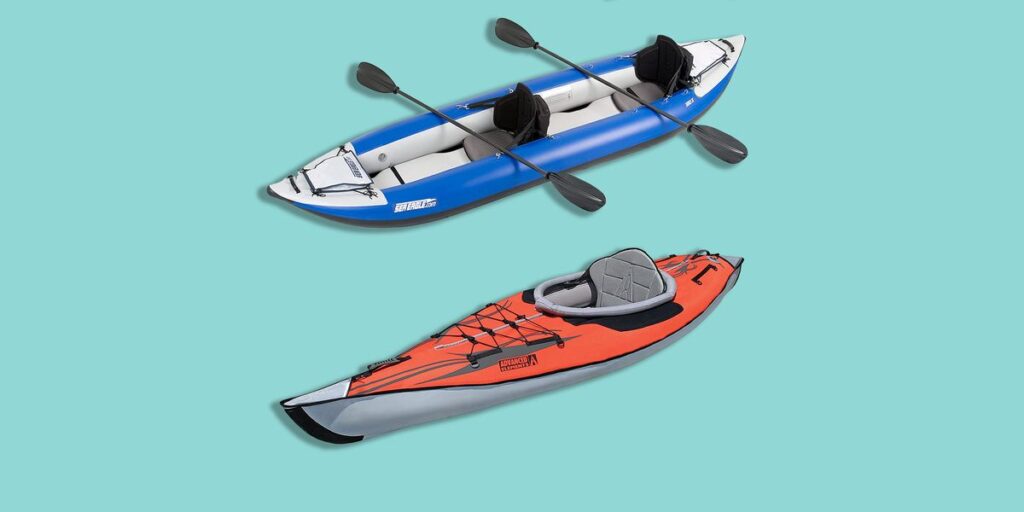
Choosing the Right Inflatable Kayak
To choose the right inflatable kayak, it’s important to follow a systematic approach:
Identifying your needs and preferences
Start by identifying your specific needs, preferences, and budget. Consider the type of kayaking activities you plan to engage in, the number of people you will be paddling with, and your desired level of stability and performance.
Researching reputable brands and models
Next, conduct thorough research on reputable brands and models of inflatable kayaks. Look for manufacturers with a strong reputation for quality, customer service, and innovative design. Read reviews, compare specifications, and consider the feedback from other customers who have purchased and used the kayaks you’re interested in.
Reading customer reviews and ratings
Customer reviews and ratings can provide valuable insights into the performance, durability, and overall satisfaction of a specific inflatable kayak. Take the time to read through reviews from individuals who share similar kayaking preferences and skill levels as your own.
Consulting with kayak experts or enthusiasts
If you’re still uncertain about which inflatable kayak to choose, consider consulting with kayak experts or enthusiasts. They can provide firsthand advice and recommendations based on their own experiences and knowledge of the kayaking industry. Online forums, social media groups, and kayak clubs are excellent resources for connecting with kayak enthusiasts and tapping into their expertise.
Tips for Using Inflatable Kayaks
To ensure a safe and enjoyable kayaking experience with your inflatable kayak, keep the following tips in mind:
Proper inflation and deflation techniques
Follow the manufacturer’s instructions for proper inflation and deflation techniques. Over or under-inflating the kayak can affect its performance and stability. Use a pressure gauge to ensure the kayak is inflated to the recommended air pressure level.
Securely fastening accessories and gear
When attaching accessories, such as fishing rod holders or camera mounts, ensure they are securely fastened to the kayak. Loose or improperly attached items can easily get lost or interfere with your paddling.
Monitoring air pressure during use
When on the water, periodically check the air pressure in your inflatable kayak. Changes in temperature and air pressure can affect the kayak’s buoyancy and stability. Make adjustments as necessary to maintain optimal performance.
Avoiding sharp objects and hazards
Be mindful of your surroundings and avoid contact with sharp objects or hazards in the water. While inflatable kayaks are designed to be durable, they are not indestructible. Careful navigation and paddling will minimize the risk of punctures or damages.
Practicing safe paddling techniques
Always practice safe paddling techniques and follow local laws and regulations. Wear a life jacket, carry essential safety equipment such as a whistle and a signaling device, and be aware of weather conditions and water currents.
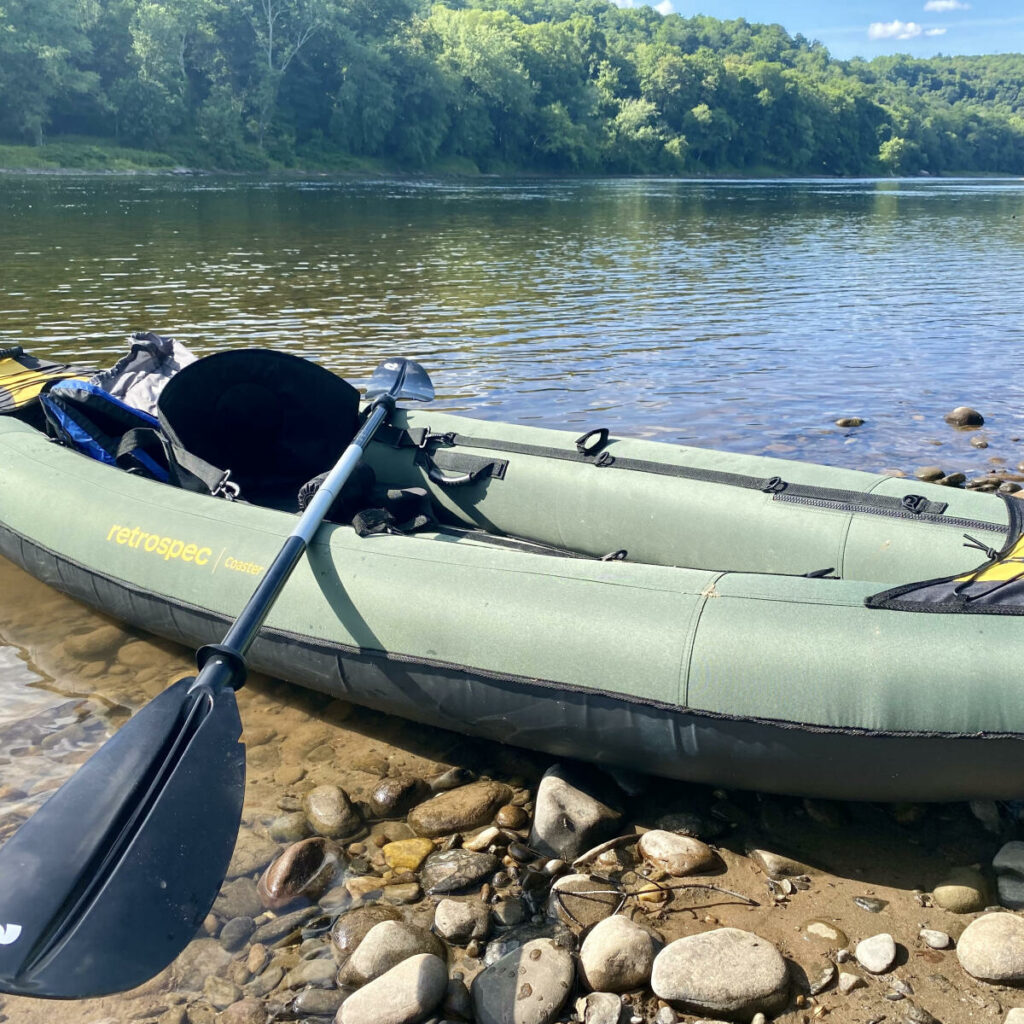
Maintenance and Care
Proper maintenance and care will extend the lifespan of your inflatable kayak. Follow these guidelines:
Rinsing and drying after each use
After each use, rinse off any sand, saltwater, or debris from your inflatable kayak. Allow it to dry thoroughly before deflating and packing it away. This will prevent mold and mildew growth and ensure the kayak remains clean and in good condition.
Avoiding prolonged exposure to sunlight
Prolonged exposure to sunlight can damage the materials of your inflatable kayak. Whenever possible, store your kayak in a shaded area or use a cover to shield it from direct sunlight.
Inspecting for damages and punctures
Regularly inspect your inflatable kayak for any damages or punctures. Look for signs of wear and tear, such as frayed seams or leaks. Patch up minor damages immediately using a repair kit to prevent further complications.
Repairing minor leaks or tears
If your inflatable kayak sustains a minor leak or tear, follow the manufacturer’s instructions for repairing it. Most inflatable kayaks come with a repair kit that includes patches and adhesive. Clean and dry the area, apply the patch, and allow it to cure before using the kayak again.
Storing in a suitable environment
When not in use, store your deflated inflatable kayak in a suitable environment. Avoid storing it in damp or humid areas, as this can promote mold growth. Ensure the kayak is completely dry before packing it away to prevent mold or bacterial formation.
Conclusion
Inflatable kayaks can be a great option for kayaking enthusiasts of various skill levels. They offer a wide range of advantages such as portability, durability, versatility, and affordability. When choosing the right inflatable kayak, consider factors such as intended use, weight capacity, construction quality, and storage options. Remember to follow proper inflation and deflation techniques, securely fasten accessories and gear, and practice safe paddling techniques. By properly maintaining and caring for your inflatable kayak, you can enjoy many years of exciting and memorable adventures on the water. Consider your specific needs and circumstances before making a purchase, and get ready to experience the joy and freedom of kayaking with an inflatable kayak.







